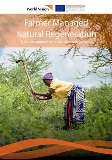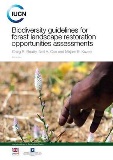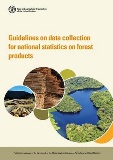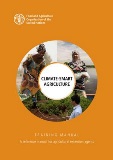Publications
A repository of publications focusing on FLR in the context of Asia.

The Road to Restoration
2019
A Guide to Identifying Priorities and Indicators for Monitoring Forest and Landscape Restoration

Farmer Managed Natural Regeneration (FMNR)
2019
FMNR is a low-cost land restoration technique used to combat poverty and hunger amongst poor farmers by increasing food and timber production and resilience to climate extremes. The document highlights the benefits of implementing FMNR and its contribution to achieve SDGs.
---test-version.tmb-th600x450.jpg?Culture=en&sfvrsn=664acb78_1)
Tool for Agroecology Performance Evaluation (TAPE) - Test version
2019
With the help of multiple partners, FAO has developed a global analytical framework for the multidimensional assessment of the performance of agroecology.

Estimating the mitigation potential of forest landscape restoration
2019
This document guides users through simplified estimation procedures for the long-term mitigation potential of FLR activities. The calculation employs carbon stocks and GHG emissions resulting from changes in land use. Users should note that this approach is not appropriate for quantifying annual impacts.

Collaboration and Conflict—Developing Forest Restoration Techniques for Northern Thailand’s Upper Watersheds Whilst Meeting the Needs of Science and Communities
2019
This paper describes an early example of Forest Landscape Restoration (FLR), which resulted from collaboration between a university, local community, and national park authority in the upper Mae Sa Valley, near Chiang Mai City, northern Thailand.

Biodiversity guidelines for forest landscape restoration opportunities assessments
2018
These guidelines are intended to provide more context, more resources and fresh perspectives to the ongoing global interaction between biodiversity conservation and forest landscape restoration.

Indigenous Peoples in the Asia-Pacific region
2018
Despite their numbers and relevance to food and nutrition security, Indigenous Peoples are among the most marginalized subgroups in the Asia Pacific region. The lack of respect to their basic human rights, cultures, spirituality and traditions, and the encroachment on their traditional lands and natural resources increase their vulnerability by undermining livelihoods, shelters and identity.

Access to finance for forest and farm producer organisations (FFPOs)
2018
The report highlights specific approaches to make more accessible finance for forest and farm producers from different sources.

Guidelines on data collection for national statistics on forest products
2018
The objective of data collection on national forest products statistics is to present and discuss best practices with respect to the collection, compilation and dissemination of statistics on forest products statistics, with a specific emphasis on the variables requested in the FAO/ECE/ITTO/Eurostat Joint Forest Sector Questionnaire (JFSQ).

Climate-Smart Agriculture. Training Manual. A Reference Manual for Agricultural Extension Agents
2018
This manual is intended for agricultural extension agents and others interested in developing training courses on climate-smart agriculture that incorporate knowledge of climate change, its impact on agriculture and food security, climate-smart agriculture and solutions.
Search by
Type of document
- Approach (20)
- Classification (1)
- Factsheet (3)
- Guidelines (22)
- Methodology (7)
- Policy brief (2)
- Report (16)
- Training manual (3)
Request to add a publication to this list by emailing: [email protected] with the title and hyperlink.
Disclaimer
The information in the publications displayed does not imply any official endorsement of or responsibility on the part of FAO for the opinions, ideas, data or products presented at these locations, or guarantee the validity of the information provided. The purpose of this repository is to provide users with convenient access to information to support project/programme document development, users have the responsibility of assessing its relevance, accuracy and suitability of application.
